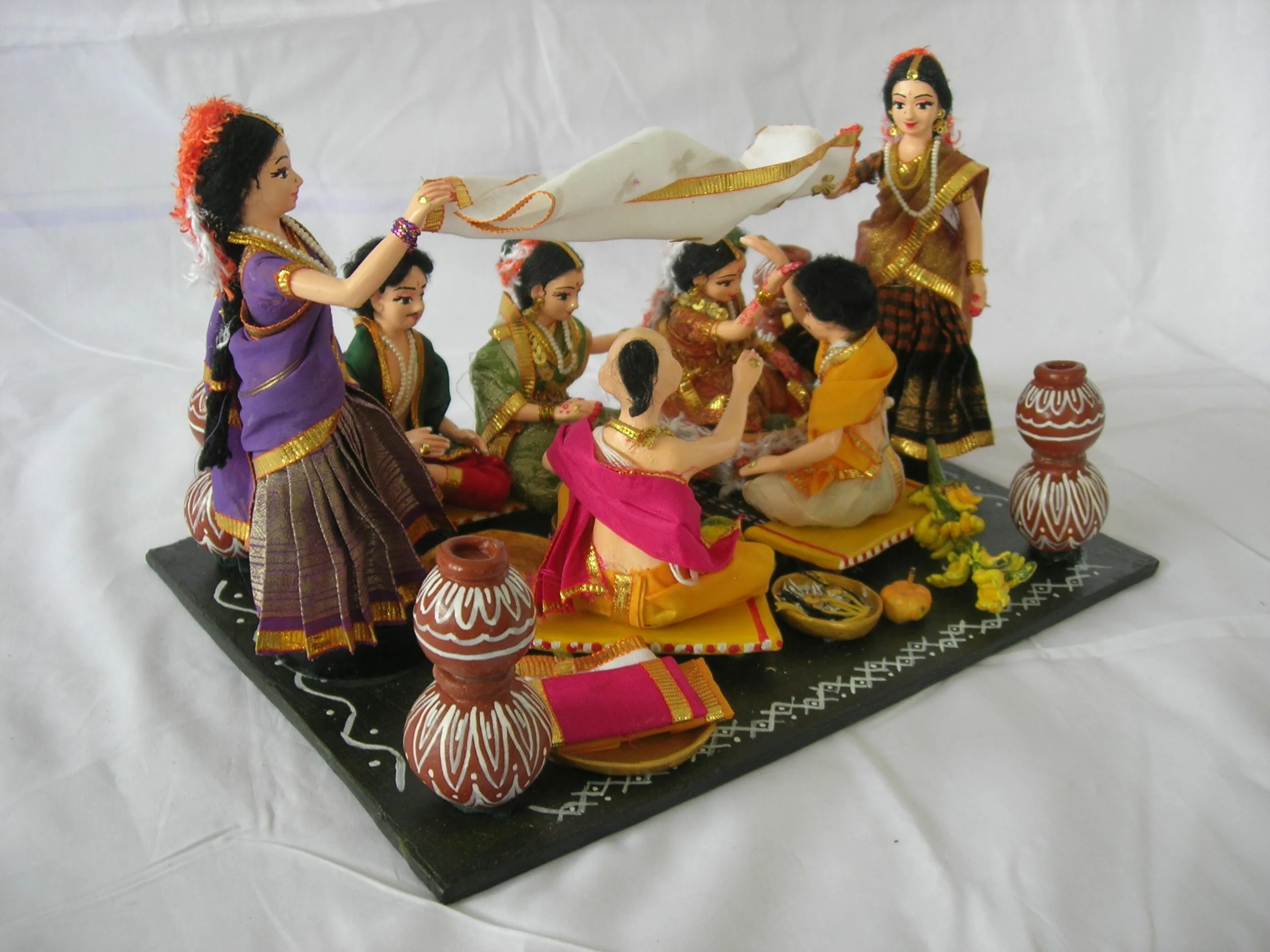One Festival, Many Emotions: How Navaratri Defines Every Culture In India
India is a land of diverse religions and subcultures, geographically torn between warring kingdoms in the old age which later came together after Independence. Traces of the original cultures can be found in the oddest of places, from various regional dialects for every language even within the same state to different methods of making Rotis. But even with these differences, India uniquely functions as one solely because we accommodate diversity.
Navaratri is one of the grandest festivals that unite all corners of our nation, but only in name. Digging a bit deeper, we find that the same festival is celebrated in several ways across the country. Below, you can find an account of the differences and eccentric similarities between them.
North India
A common theme across all north Indian states is that Navratri is celebrated to honor the Goddess Durga. Nava, meaning nine and Ratri meaning nights, are nine nights celebrating the nine forms, or avatars of Goddess Durga. The festival is celebrated with stage decorations, reciting legends, enacting stories, and chanting scriptures.
However, the grandest spectacle of Navratri is its Garba nights- thousands of men and women clad in chaniya choli and kurtas come together and dance synchronously to songs written specifically for the occasion. Although it is not part of the tradition, some people also opt to fast during this period.
Navaratri, in some regions, is also conducted in honor of Ramlila, the triumph of Lord Rama over Ravana. In Northeastern/East India, it is celebrated in honor of Goddess Durga vanquishing the demon named Mahishasura. Massive statues are erected in public spaces and worshipped over the nine-day period. After Dussehra, the last day, statues of the gods and goddesses are submerged in a nearby sea or river while statues of the demons or asuras are burnt- signifying the destruction of evil.
South India
Down below, we have four states each celebrating it in unique ways. Tamil Nadu celebrates Navratri by organizing Kolu/Golu, a series of narrative display arrangements of dolls, typically conveying a story or legend from the epics. Kerala adds an emphasis on education and worships the Goddess Saraswati in the last three days. Books are placed in pooja rooms or the shrines of temples where they are worshipped for the three days. On the last day, children are initiated into education by a process called ‘Vidyarambham’ where they are made to draw runes or letters from shlokas on a platter of rice. The books are then ceremoniously taken out and read.
In Andhra Pradesh, it is celebrated as Batukamma Panduga, worshipping the Goddess Maha Gauri. Women and children come together on the first day to make a ‘Batukamma’, seasonal flowers stacked in a concentric arrangement. On the final day, the Batukamma is floated into nearby water bodies. The most memorable way of celebrating, however, is in Mysuru, a city in Karnataka. Here, they celebrate Dusshera by organizing a parade headed by the king's family. It is celebrated in the Mysore Palace with a procession of the idol of Goddess Chamundeshwari, accompanied by dance and music all night.
Once in a Lifetime Experiences
Since the same festival is celebrated in so many ways, we suggest you experience each type every year. In Vadodara, the cultural capital of Gujarat, a chance to participate in Garba will stay in your memories forever. Make sure to attend the celebration at the Mysore Palace at least once in your lifetime.
Another bucket list experience is attending the celebrations at the Kapaleeswarar temple, where all of Chennai gathers throughout the nine days and subsequently go temple hopping. If you are a more indoor type of person, and have relatives in Tamil Nadu, now would be a great time to visit and experience Hanu Reddy Residences’ hospitality.
The primary theme is still prevalent across all regions- the triumph of good over evil. While this might seem a little generic, it brings joy and gives everyone an excuse to celebrate. After all, isn't that what festivals are for?



